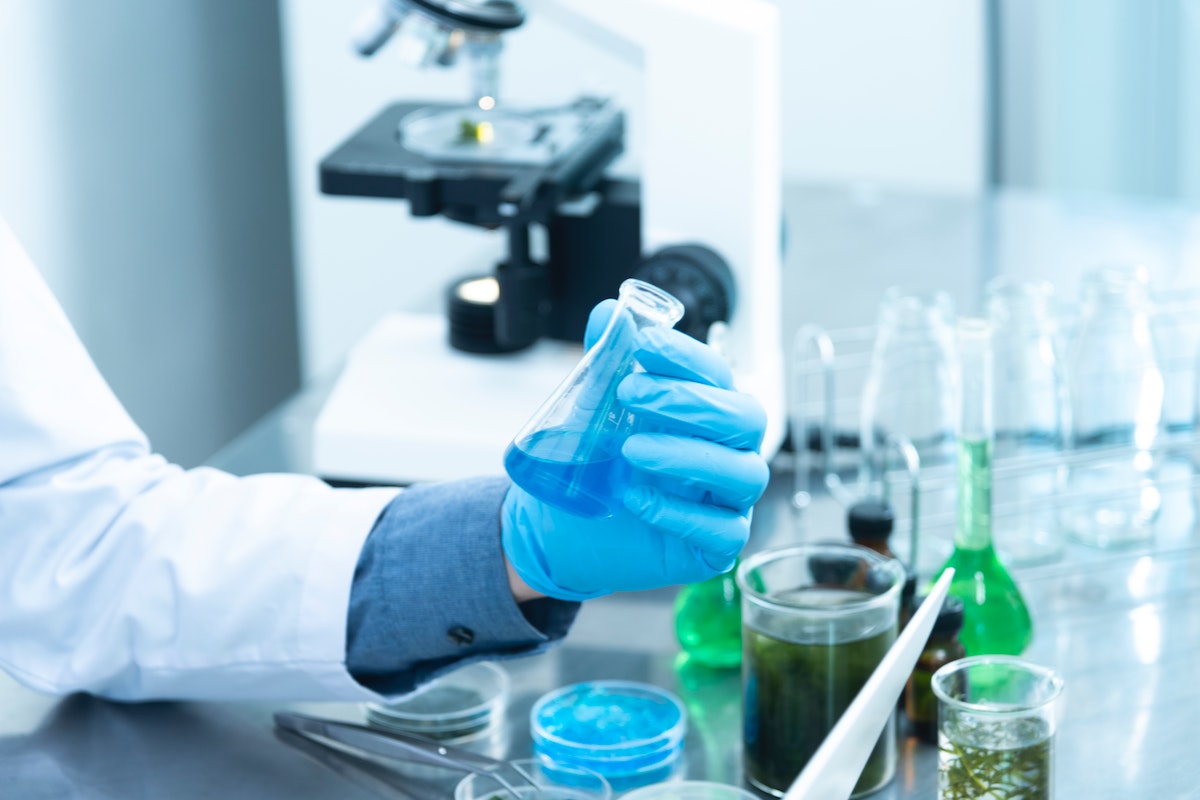Calibrating your automatic sample dilution system is a crucial step in ensuring accurate and reliable results in your laboratory or industrial processes. A well-calibrated system guarantees that sample concentrations are consistent and precise, which is essential for quality control, research, and production.

This guide will walk you through the process of calibrating your automatic sample dilution system effectively.
1. Understand the Importance of Calibration
Before diving into the calibration process, it’s important to understand why calibration is necessary. Calibration ensures that the dilution system is dispensing the correct volumes of sample and diluent, which directly affects the concentration of the final solution.
Without regular calibration, you risk inaccuracies that could compromise the integrity of your results, leading to errors in analysis, research, or production outcomes.
2. Gather Necessary Tools and Materials
To calibrate your automatic sample dilution system, you’ll need the following tools and materials:
- Calibration standards: These are solutions with known concentrations used to verify the accuracy of your system.
- Precision balances: High-precision scales are needed to weigh the calibration standards accurately.
- Pipettes and syringes: Used for precise measurement and transfer of liquids.
- Labware: Clean and properly labeled containers for holding samples and standards.
- Calibration software or manual: Specific to your system, this will guide you through the calibration process.
- Deionized water: For rinsing and diluting, as it is free from impurities that could affect the results.
3. Prepare the Calibration Standards
Calibration standards are the benchmark for ensuring your system’s accuracy. To prepare these standards:
- Select appropriate standards: Choose standards with concentrations that are within the range of your typical sample analyses.
- Measure accurately: Use precision balances to weigh the standards. Accuracy at this stage is critical because any deviation will affect the entire calibration process.
- Label containers: Clearly label the containers with the concentration and other relevant information to avoid confusion during the calibration process.
4. Set Up the Dilution System
Before you start the calibration process, ensure your automatic sample dilution system is set up correctly:
- Check connections: Verify that all tubing, connections, and components are securely attached and free of leaks.
- Clean the system: Run deionized water through the system to remove any residual chemicals or impurities.
- Prime the system: This step ensures that all parts of the system are filled with the appropriate liquid and ready for use.
5. Perform the Calibration
With everything prepared, you can now begin the calibration process:
- Input calibration data: Enter the known concentrations of your calibration standards into the system’s software or manual calibration guide.
- Dispense and measure: Allow the system to dispense the calibration standards into the appropriate containers. Measure the volume or concentration using precision balances or other relevant instruments.
- Compare results: Compare the measured concentrations with the known concentrations of your standards. The goal is to see if the system dispenses the correct volumes to achieve the expected dilution.
6. Adjust the System Settings
If the results from the calibration process do not match the expected values, adjustments are necessary:
- Fine-tune the system: Adjust the system’s settings according to the calibration software or manual instructions. This may involve changing the flow rates, pressure settings, or other parameters.
- Recalibrate if necessary: After making adjustments, repeat the calibration process to verify that the system now produces accurate results.

7. Document the Calibration Process
Documentation is a vital part of calibration. Record all relevant data, including:
- Calibration date and time: This helps track when the last calibration was performed.
- Standards used: Record the details of the calibration standards, including concentration and source.
- System settings: Note any adjustments made during the calibration process.
- Results: Document the results of the calibration, including any discrepancies and corrections made.
8. Schedule Regular Calibration
Calibration is not a one-time process. Regular calibration is necessary to maintain the accuracy of your automatic sample dilution system. Depending on your usage, schedule calibration sessions weekly, monthly, or quarterly. Keeping a consistent calibration schedule ensures ongoing accuracy and reliability.
Calibrate Your Automatic Sample Dilution System
Calibrating your automatic sample dilution system is essential for maintaining accuracy and consistency in your laboratory or industrial processes.
By following the steps outlined in this guide—understanding the importance of calibration, preparing standards, setting up the system, performing the calibration, making adjustments, documenting the process, and scheduling regular calibrations—you can ensure that your system continues to deliver precise and reliable results.
Proper calibration not only enhances the quality of your work but also contributes to overall operational efficiency and success.